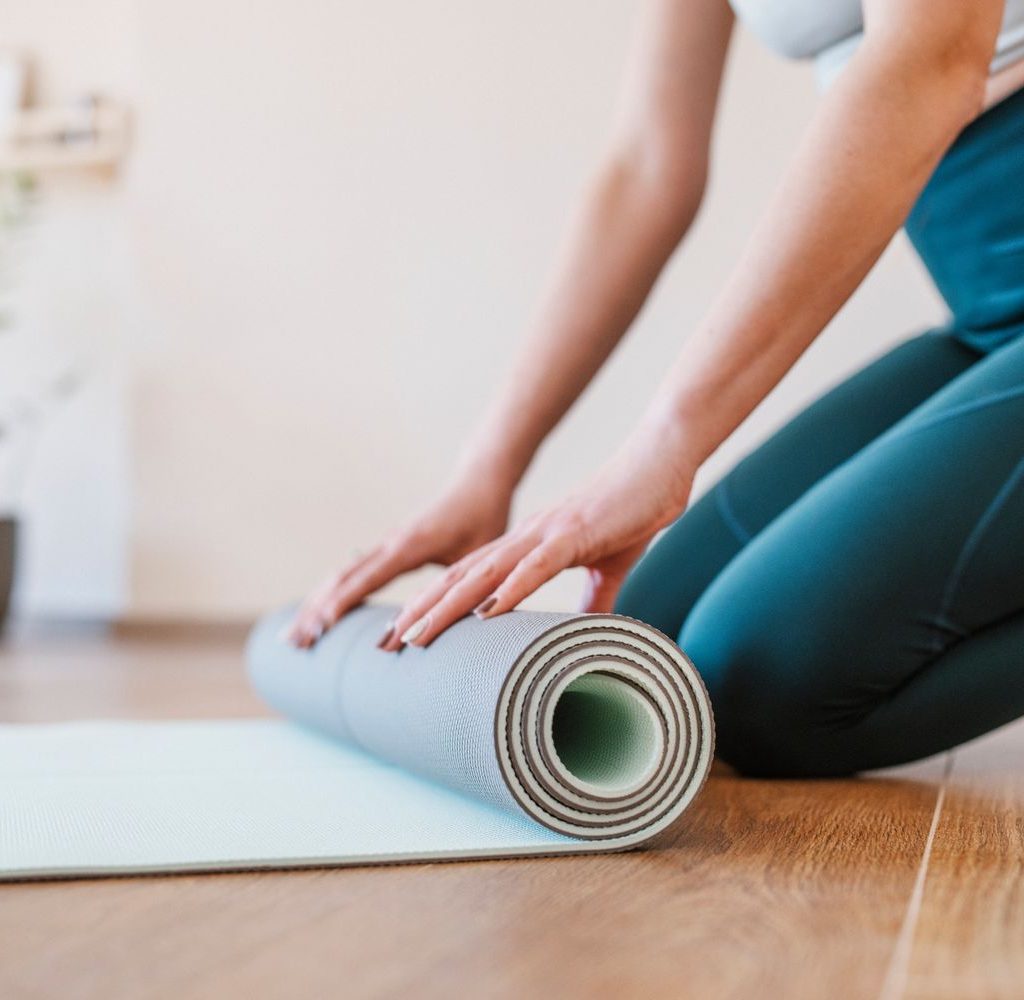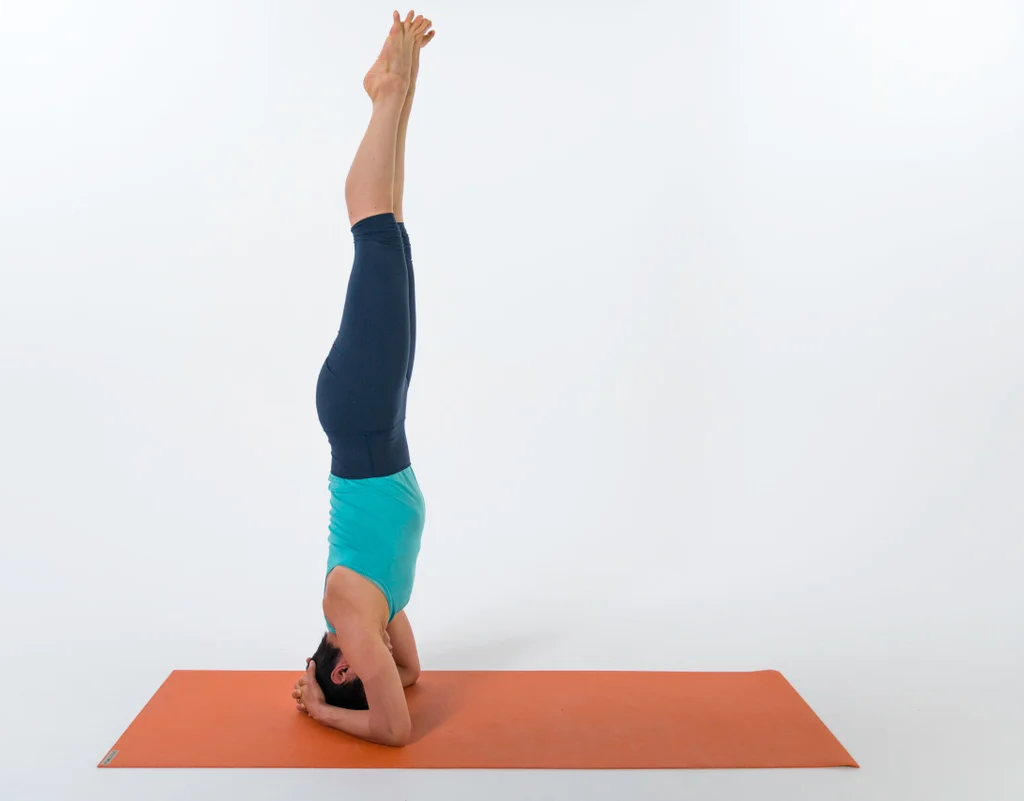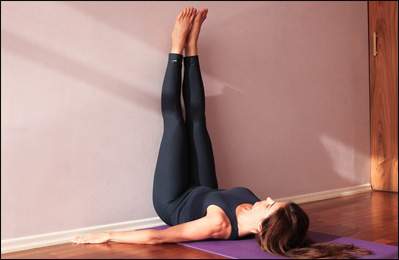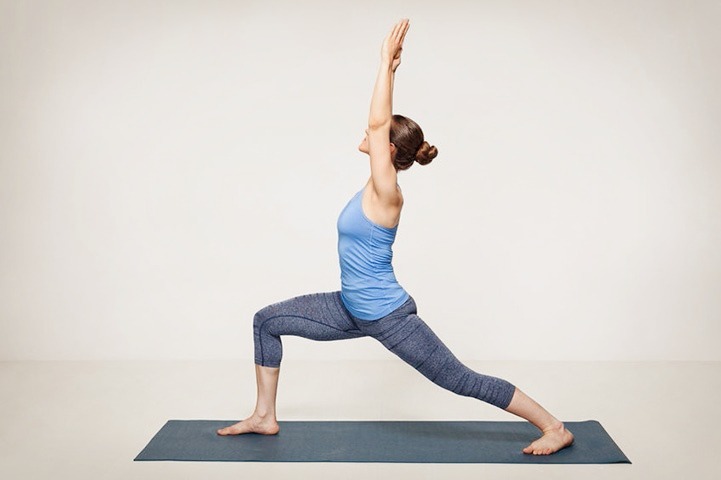Yoga has been a popular form of exercise for centuries, offering a range of physical and mental benefits. One of the more popular poses, the Cat Stretch, is easy to do at home and can help improve flexibility and posture.
This guide will provide step-by-step instructions on how to do the Cat Stretch yoga pose, as well as tips on how to get the most out of this pose. With regular practice, you’ll soon be able to reap the many benefits that the Cat Stretch offers.
So, let’s get started!

A step-by-step guide to doing the Cat Pose

Here you go! Here is the step-by-step guide to performing this pose:
- Lie down on the floor, preferably on a mat.
- Spread your hands wide, palms up.
- Raise your legs, with your feet flat on the floor, hip-width apart. Make sure your knees are separated and not locked. If they are locked, you’ll strain your lower back. However, if they’re too wide apart, you’ll strain your inner thighs. The hip-width distance is perfect for most people.
- Touch your nose with your chin.
- Now, bend your elbows and place your forearms on the floor, with your palms facing upwards.
- Pause for a moment, then gently push your palms into the floor and relax your arms.
- Now, press your elbows into the floor, lifting your upper body from the ground.
- Repeat this sequence, gently pushing your palms into the floor, then lifting your upper body using your elbows and upper forearms. Make sure you don’t lift your body too much or you’ll strain your neck or back.
You can find out a detailed guide on the right way to do this pose here:
Tips for doing it right

Here are some important tips that will help you master the posture:
- If you’re beginning yoga, the Cat Stretch is a great pose to ease into the practice. It stretches out your lower limbs and back, helping to relieve any minor damage caused by sitting too hunched over at work or in a car.
- If you have lower back pain, the Cat Stretch is a particularly good pose to try. This pose stretches out your back, helping to relieve pain by releasing any built-up compression or adhesions in your back.
- If you want to increase your range of motion and mobility, you can also try the following variations. The first has you on your knees, with your palms on the floor and your elbows straight. The second has you on your hands.
Counter poses
– Child’s pose
The Child’s pose (Balasana) is a great counter pose to the Cat Stretch. Not only does it stretch out your back and lower limbs, but it also focuses your mind, calming your nerves and helping you to relax.
– The Seated twist
The Seated twist (Uttanasana) is a great pose to help balance out the Cat Stretch. If you’re particularly stiff or tight in your lower limbs, this pose can help to loosen them up.
Similar poses to the Cat pose
If you are looking for a pose that offers similar benefits as cat pose, here you go 👇🏻
- Plow
The Plow is another one of the Cat Stretch poses. It’s similar to the Plank pose, but with your knees bent. Like the Cat Stretch, it targets your lower limbs, making it a great pose for improving your mobility. - The Plank pose
The Plank pose is a variation of the Cat Stretch. Like the Cat Stretch, it stretches out your back and lower limbs. However, it’s performed on your forearms, making it a great pose for strengthening your wrists and forearms. - The Warrior pose
The Warrior pose (Ardha Chandrasana) is another of the Cat Stretch poses. It’s great for toning your core muscles and improving your posture. Plus, it looks great when you perform it in a yoga studio!
Key benefits
The Cat Stretch is one of the many poses in the asanas category. Asanas are the umbrella term for all yoga poses, from standing postures to seated poses to in-between poses, called intermediate postures.
There are a vast range of yoga poses that can be used for a variety of benefits, including increasing flexibility, boosting your posture, toning your muscles, improving your balance and coordination, increasing your strength and balance, and much more.

The Cat Stretch is a great pose for improving flexibility and range of motion. As you can see from the image above, this yoga pose lengthens your body, particularly your spine and lower limbs.
It also stretches out any tight or stiff areas in your body, such as your back and lower limbs. This makes the Cat Stretch a great pose to help improve your mobility and relieve muscle pain or stiffness.
Contraindication
A few things to keep in mind while practicing Bidalasana or Cat Pose, to avoid further injury to the body are given below.
- Injury of the shoulders, wrists, neck, hip, knee and the back
- Blood Pressure
- Migraine
- Spondylitis
- Arthritis of the knee and wrists
Conclusion
Yoga is an effective way to relieve stress, help you to relax and release pent-up tension throughout your body.
One of the best poses for this is the Cat Stretch, a pose that stretches out your lower limbs, back and neck. With regular practice, you’ll soon be able to reap the many benefits that the Cat Stretch offers.
Share with your friends and family to encourage them to do this helpful yoga pose.
Happy Yogaing



